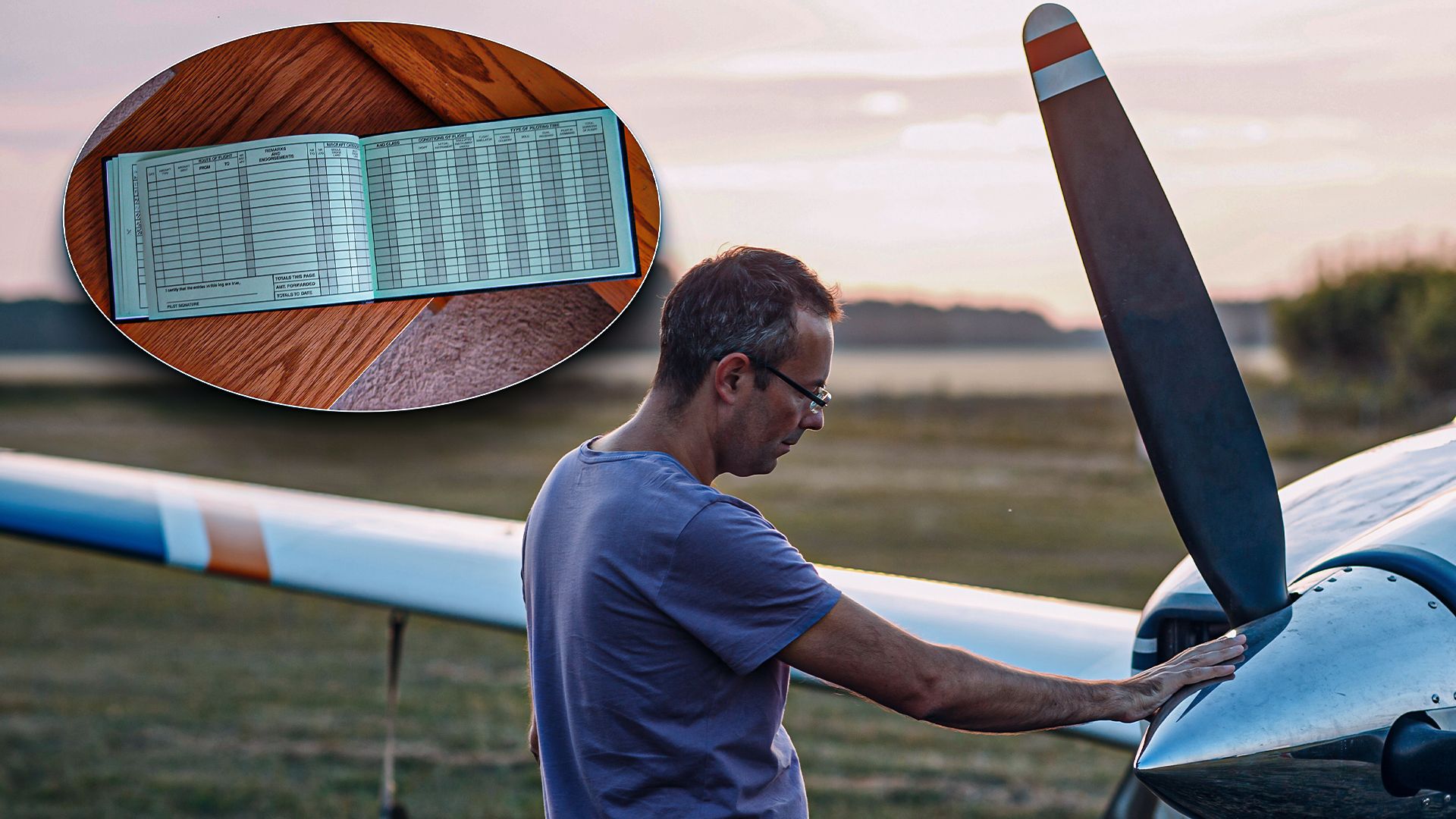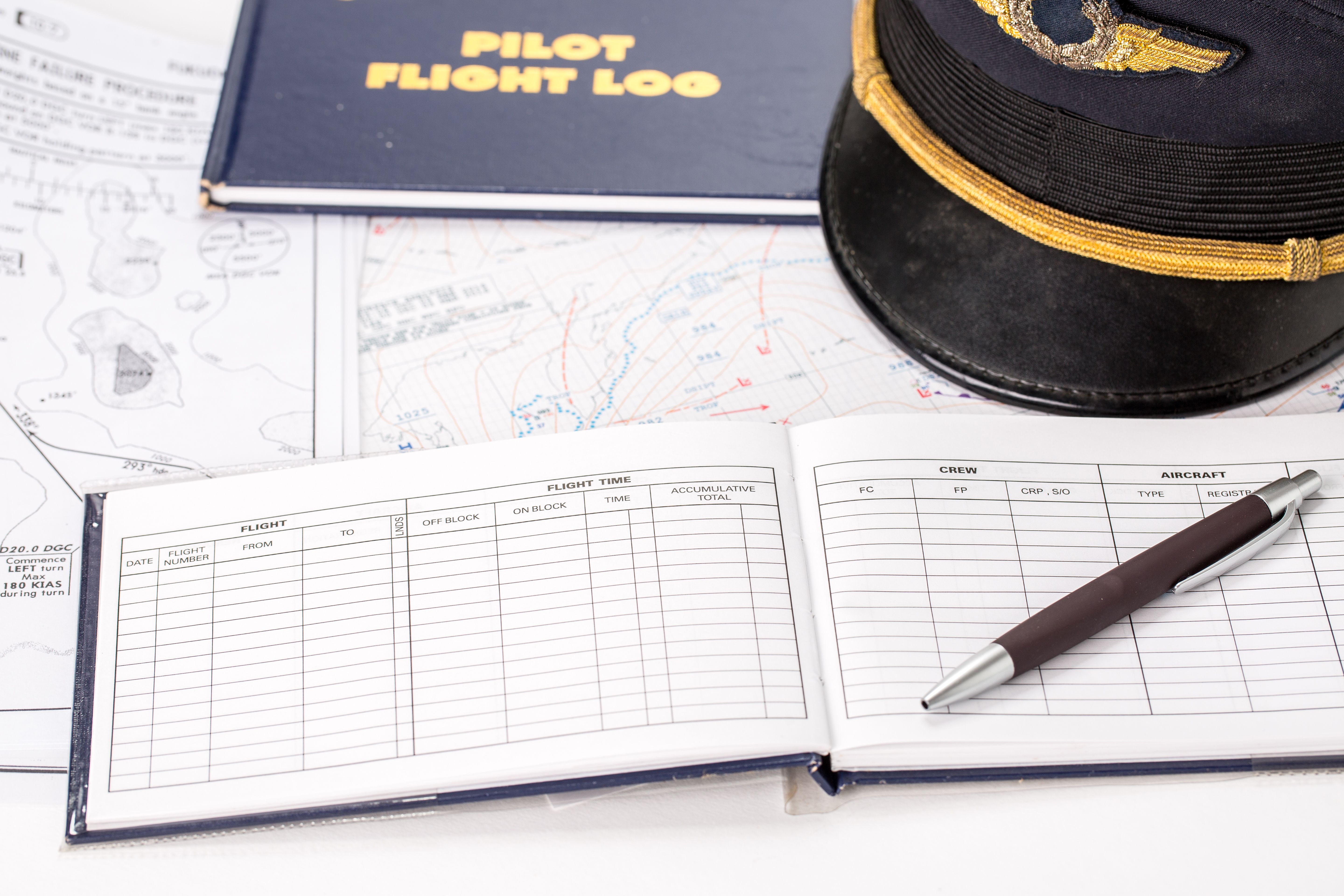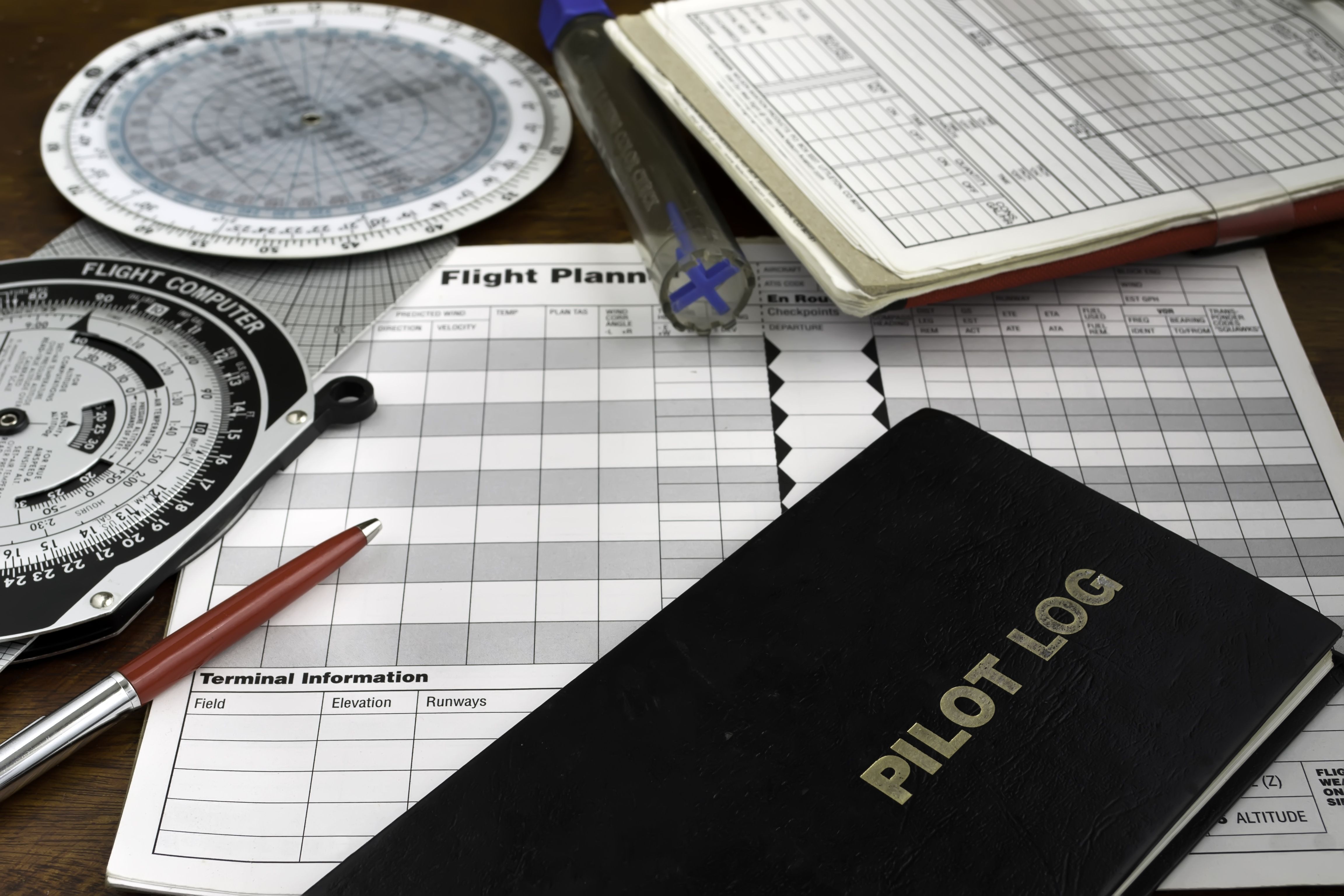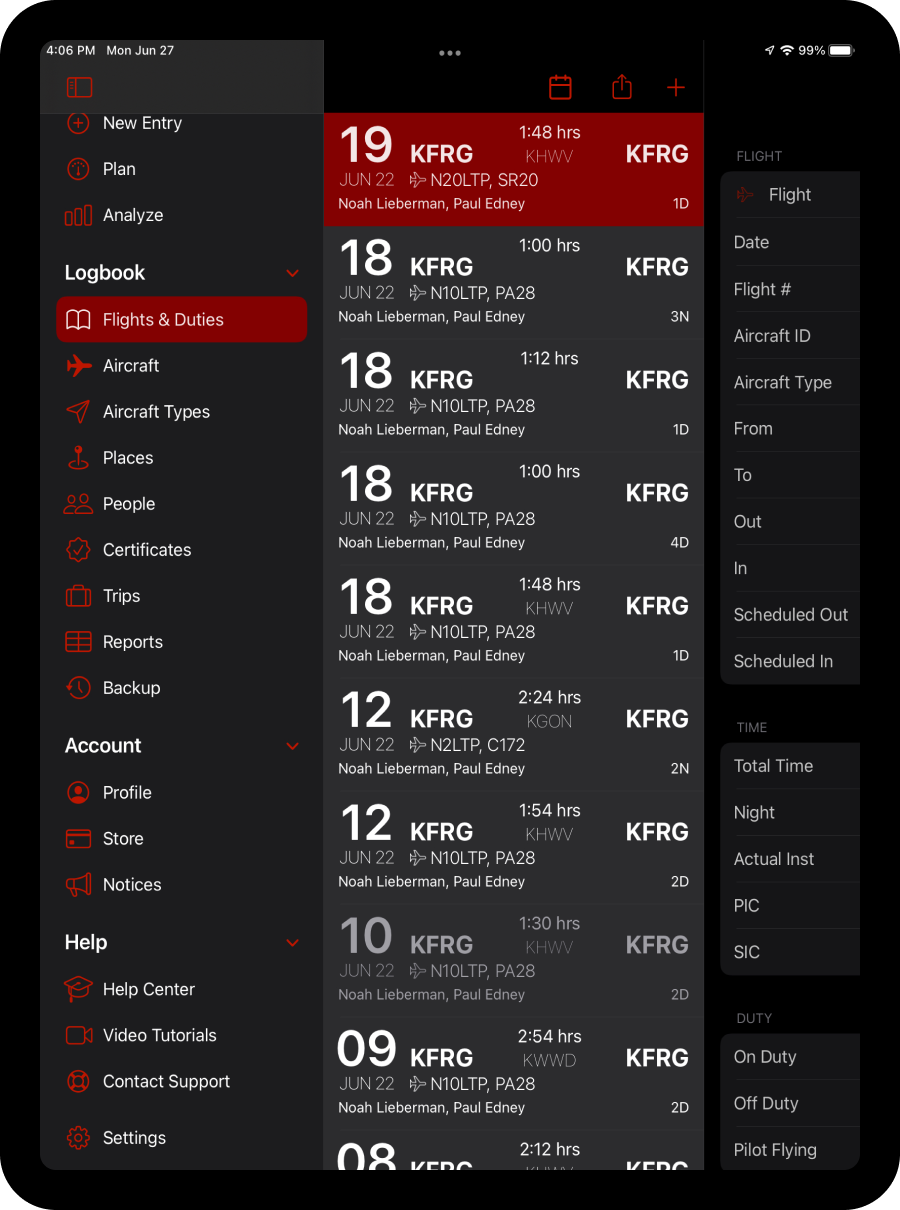Summary
- Pilot logbooks are essential tools for commercial pilots, serving as legal records and resumes of experience.
- These books have evolved over time to become key documents on electronic devices.
- Digital logbooks are now favored due to their sustainability, accuracy, and ease of organization.
No matter how a pilot’s career journey may look, there is one element that is essential to flying on a day-to-day basis. Logbooks not only keep records of where the pilot has flown but also allow them to establish a resume of their experience when looking for jobs at new airlines. They also represent several memories, such as challenging flights, or experiences that have allowed them to grow and become better pilots. These books are legal documents and are undoubtedly integral in the early phases of flight instruction for both students and instructors.
As vital tools for commercial pilots, logbooks are much more than a tally of flight time over the years. They were originally meant to track aircraft capabilities before personal pilot logs became extremely popular since they accurately revealed whether pilots were being compensated appropriately. Over the years, logbooks have evolved, featuring pilots’ personal accomplishments. In today’s world, books in the form of digital publications are favored.
A tale as old as time
According to Airside Magazine, pilot logbooks go back more than a century and are as old as the world’s first airline. They can be dated to when aviation’s pioneers – the Wright Brothers – began to keep detailed records of the testing of the first-ever aircraft in the world. The plane performed its first flight in 1903, and if it had not been for thorough notes, the brothers might not have been as successful with the aircraft. From there, logbooks would see other milestone dates that shaped how they would be used across the industry.
|
Key Milestones In The History Of Pilot Logbooks |
|
|---|---|
|
1912 |
Britain’s Royal Corps adopted the practice of logging flights. |
|
1913 |
The first detailed pilot log was recorded, featuring rows and columns to designate information. It was designed after logs used by ship crews. |
|
1926 |
The world recognized the importance and necessity of logging pilot and flight information with the Air Commerce Act being established. |
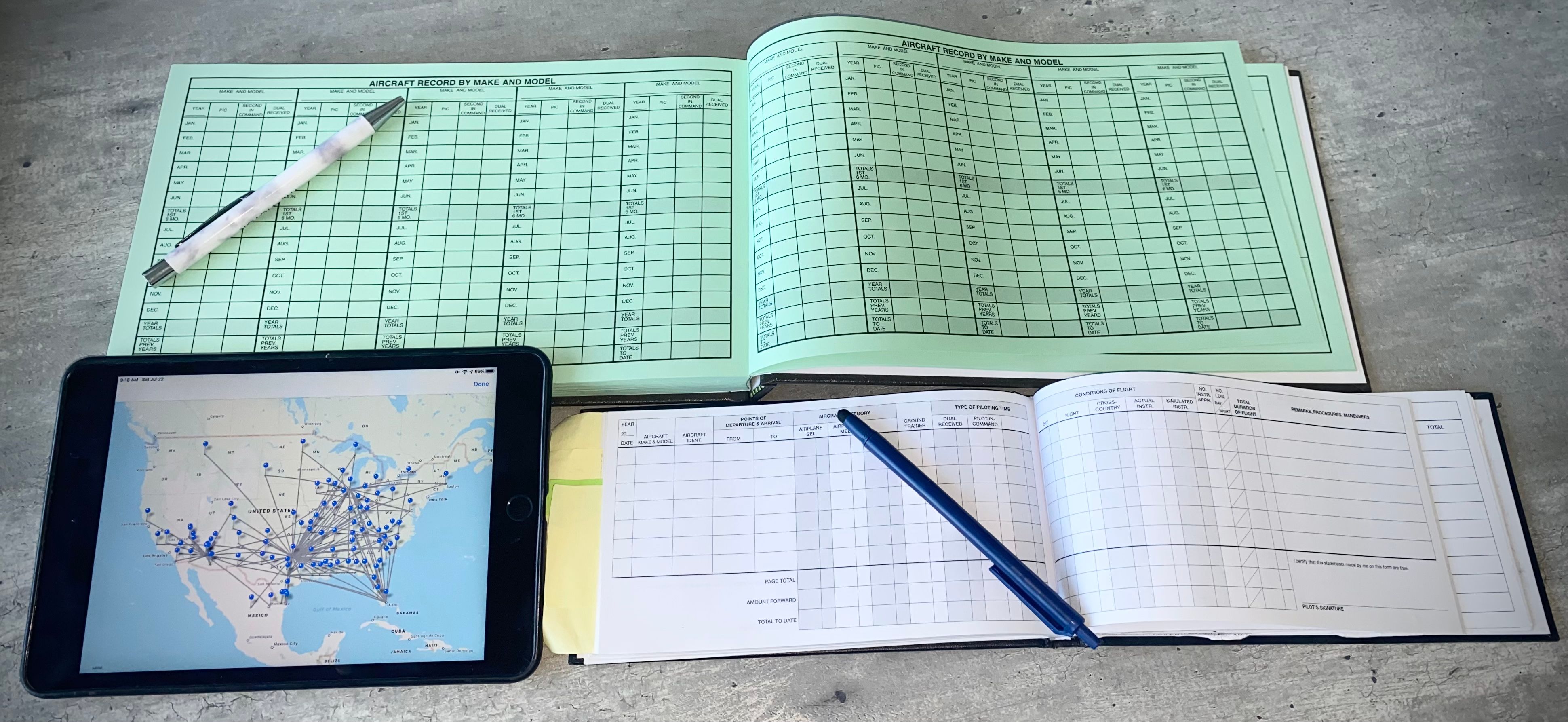
Read More
What Does A Commercial Pilot’s Logbook Look Like?
Insights into how pilots log their flight time.
Logbooks may come in varying formats depending on the maker of them, according to Wings Alliance. However, what exactly is logged? Many instructors encourage their students to log as much as possible as there has never been a downside to logging too much information. In fact, the more information there is in detail could always come in handy in case of an emergency, investigations into accidents, or feedback on what not to do next time.
The importance of time
All books include columns for recording the aircraft’s tail number to identify which aircraft the pilot has flown. They also have columns for the flight’s date, total duration, and the number of takeoffs and landings. Optional columns in the books may encompass aspects such as nocturnal flight time, instrument approaches, the time the pilot may have spent in-command (PIC) or second-in-command (SIC), or other specific details. Logbooks that are smaller in size may have only around eight lines per page, but larger books designed for more extensive detailing may have up to 15 lines per page.
Photo: Pises Tungittipokai | Shutterstock
To go about logging there are two primary ways to record time: hours and minutes or hours and decimals. For example, logging two hours and 35 minutes in hours and minutes would be 2:35. It may appear more straightforward, but the decimal representation could be more practical as it would simply be 2.5 or 2.5. Wings Alliance also notes that general aviation aircraft use Hobbs meters, which tick over by 0.1 every six minutes when the engine is running. As a result, students typically adopt the decimal format of logging time during flight training as it is simpler to writing out the minutes numeral figure.
Photo: Gabriele Maltinti | Shutterstock
Each logbook must be maintained accurately before any examiner can proceed with a check-ride or still test. The book requires the pilot’s signature, while instructors must endorse every entry in the book with their certificate number to verify the accuracy of the recorded time.
The evolution of logbooks
Flight schools and airlines also record pilots’ flying times through logging, but as technology has advanced, it is mainly done digitally. This allows carriers to refrain from scheduling pilots’ hours outside of exceeding crew rest and duty time rules. Aircraft will automatically transmit flight times to the airline’s tracking system, which helps schedulers to avoid scheduling illegal shifts, according to Wings Alliance.
Photo: Getty Images
Since it is done electronically, pilots have also found themselves maintaining two logbooks: one paper copy and the other on a cloud-based platform online. The digital logbooks accurately reflect the physical copies, but perhaps the main advantage of electronic logs is that they are sustainable and harder to lose.
According to PilotBase, there are five reasons why all pilots should use an electronic logbook:
- They save time
- Allow for data to be backed up
- Information can be filtered and organized
- Professional reports can be printed
- Ensures legality and safety
Pilots do not need to worry about digging for a pen when they use their electronic logbook. The LogTen Pilot Logbook is one example of a digital book compatible with iPhone, iPad, Apple Watch, and Mac. Developed by Coradine Aviation Systems, the digital book allows for “super-fast flight logging, instant calculations, detailed flight time analysis, and comprehensive reporting.” It also has technology that monitors upcoming flights and helps ensure pilots do not violate any rest, duty, or currency regulations.
Photo: Coradine Aviation Systems
The book syncs to multiple devices and protects information with automatic backups. It also allows for digital signatures, proving the legality of flight hours logged by student pilots and instructors. As it compiles all information neatly for job interviews, LogTen Pilot Logbooks have over 120 built-in reports to help prepare candidates to ace their next pilot interview.

Read Next
Busy, A Break Or Both: What Do Pilots Do During An Aircraft’s Turnaround?
An explanation of how crewmembers spend turn time and the legality of “duty days.”

